This article originally was originally published by i-D UK.
There’s been a spirit of optimism in Paris this spring/summer 18 men’s season. Shows like Balenciaga’s walk in the park and Rick Owens’ formal freaks descending epically from the sky have characterized a new glimmer of hope in Europe following the French election of President Macron. “It kind of freaked me out that we nearly ended up with Marine Le Pen as president. There was Brexit and Trump and we could have been next. I was very scared,” Kris Van Assche said in a preview of his Dior Homme collection, which showed on Saturday afternoon. “And then all of a sudden this 39-year-old guy comes out of nowhere and he’s doing what’s now become the French dream. I’m not saying he’ll be the perfect president, but it does make you believe that if you work hard you can still get somewhere. There’s a very positive energy.”

Van Assche’s collection wasn’t as political as his Instagram Stories have been over the past months, but you could easily draw a parallel between the new European zeitgeist and his teenage leitmotif. He called it Late Night Summer, “the first time your parents let you stay up all night and everybody’s ready to fall in love. So it’s idea of the college age when you become aware that how you look is going to help you seduce–when we become aware that looks do matter.” Van Assche interpreted that notion in the college theme he often revisits — football lettering, varsity elements, and so on — and let it coexist with an homage to his atelier at Dior Homme, one of the most excellent in men’s tailoring.
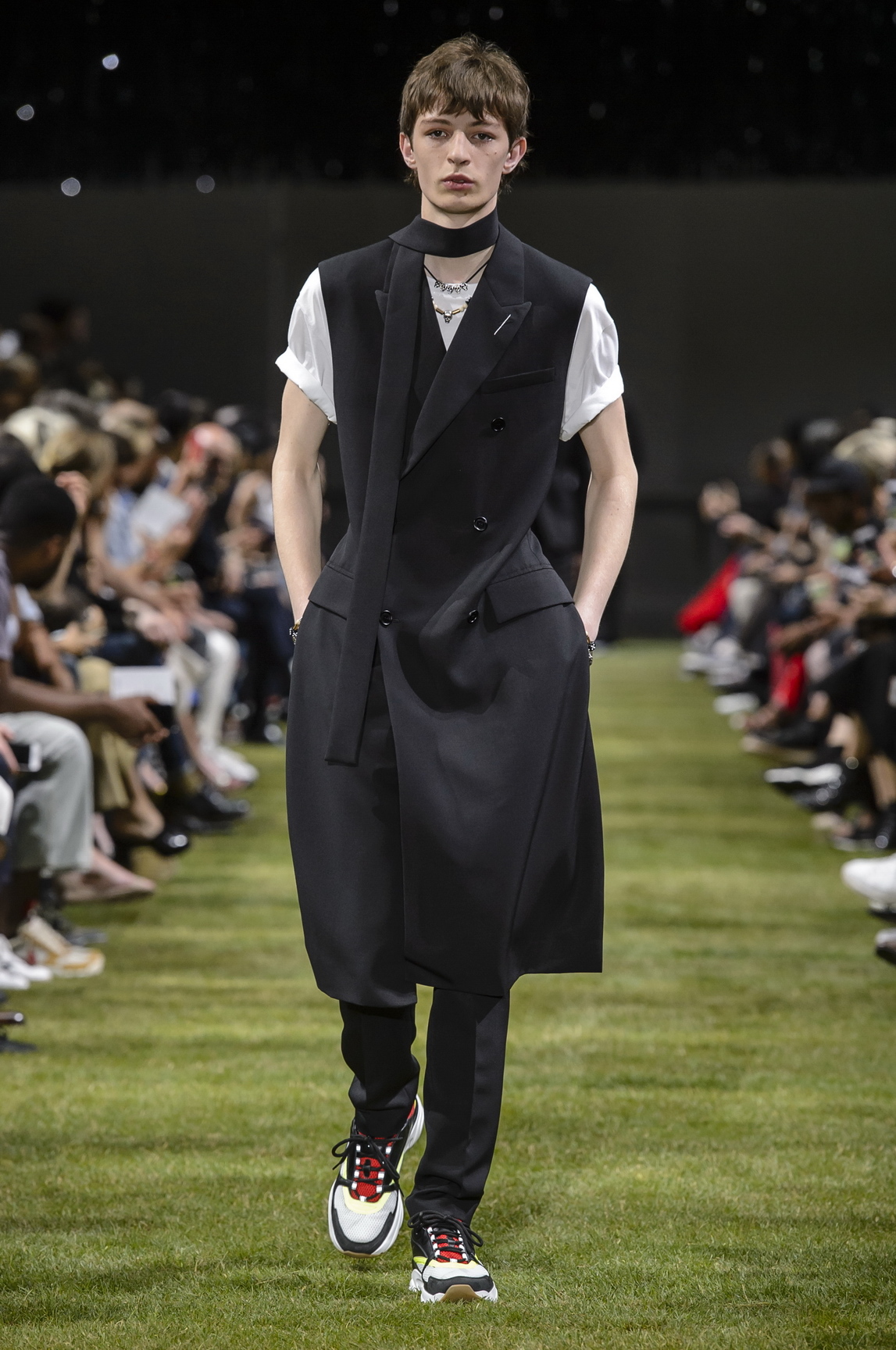
Beautifully cut suits he called “male takes on the Bar Jacket” — Christian Dior’s nipped-in legend from 1947 — were strewn with rosettes and ribbons adorned with the word “atelier” and said atelier’s address, “3, rue de Marignan,” logo elements that came to a zenith in all-over prints on jackets and coats. The suits, which opened the show, were perhaps Van Assche’s most accomplished tailoring to date: perfectly sculpted, elegant to the point of effeminacy, but highly masculine and sexy all at once. Presented on a massive carpet of real grass at the Grand Palais, on boys who looked no older than eighteen, the show had all the youthful optimism Van Assche now sees in France — and hopefully beyond.
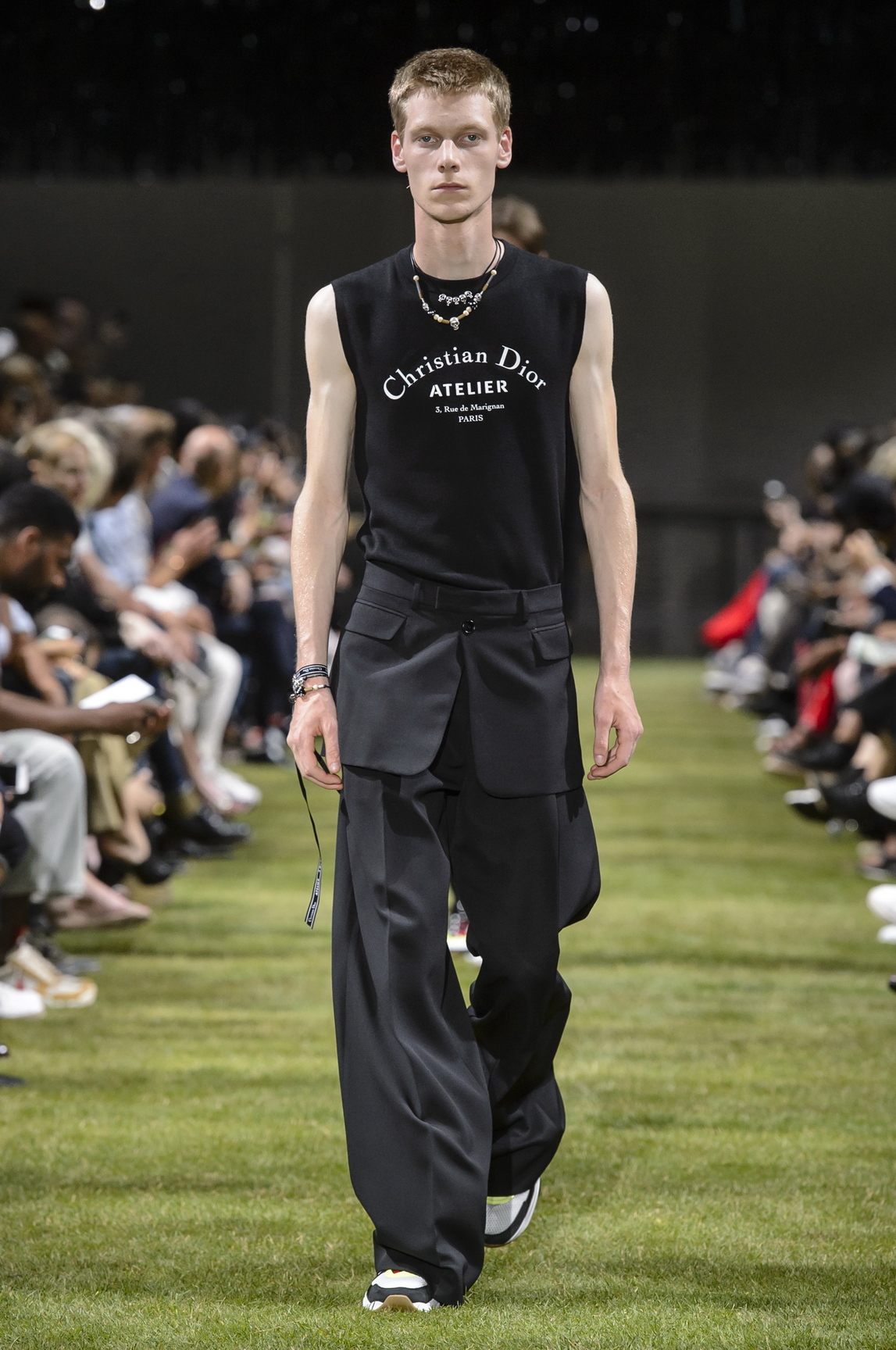
“What’s interesting about Switzerland is the neutrality of the whole country: it doesn’t take sides, it does what they think is right. And I think that’s very close to the culture of Vetements. We’re trying to be independent,” Guram Gvasalia said at his and brother Demna’s spring/summer 18 Vetements presentation on Saturday evening in a North Paris carpark. Titled No Show it was more of an exhibition, a look book blown up on massive life size boards, shot and styled on Zurich locals by Demna himself in Vetements’s new Swiss home town where the Gvasalias relocated early this year.
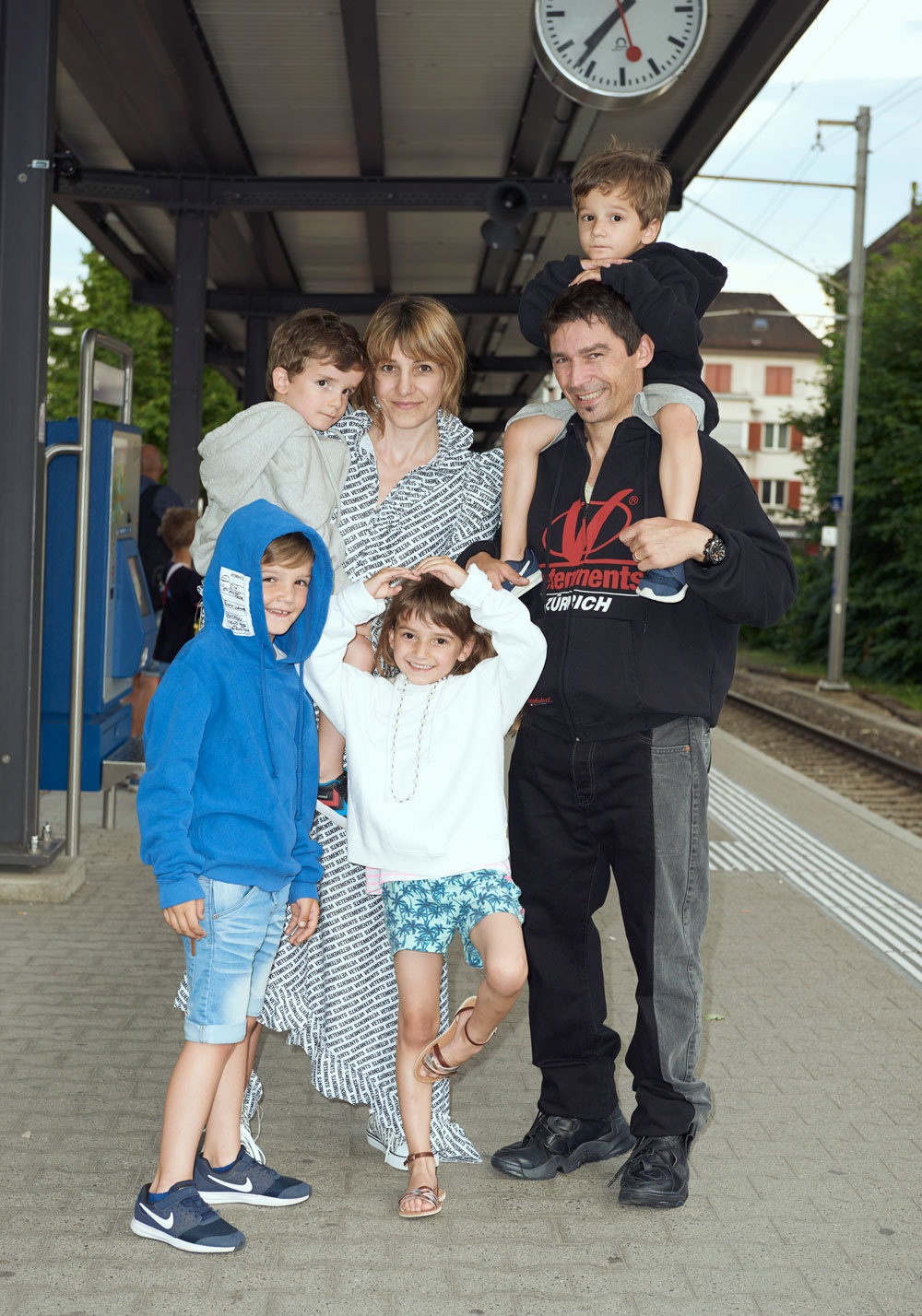
“I think this exhibition is telling you about the life we’re currently embracing,” Guram reflected. “We’re calming down, growing up, becoming more experienced — mature.” It obviously didn’t mean boring for this Vetements collection, which had all the subversive and ironic energy that shot the Gvasalias to fashion fame and fortune in the first place, just three years ago. Going back to the brand’s beginning, Demna had reinterpreted pieces from all its collections and updated them with new, relevant elements — some of his usual Antwerp shoutouts were, for instance, replaced with nods to Zurich.
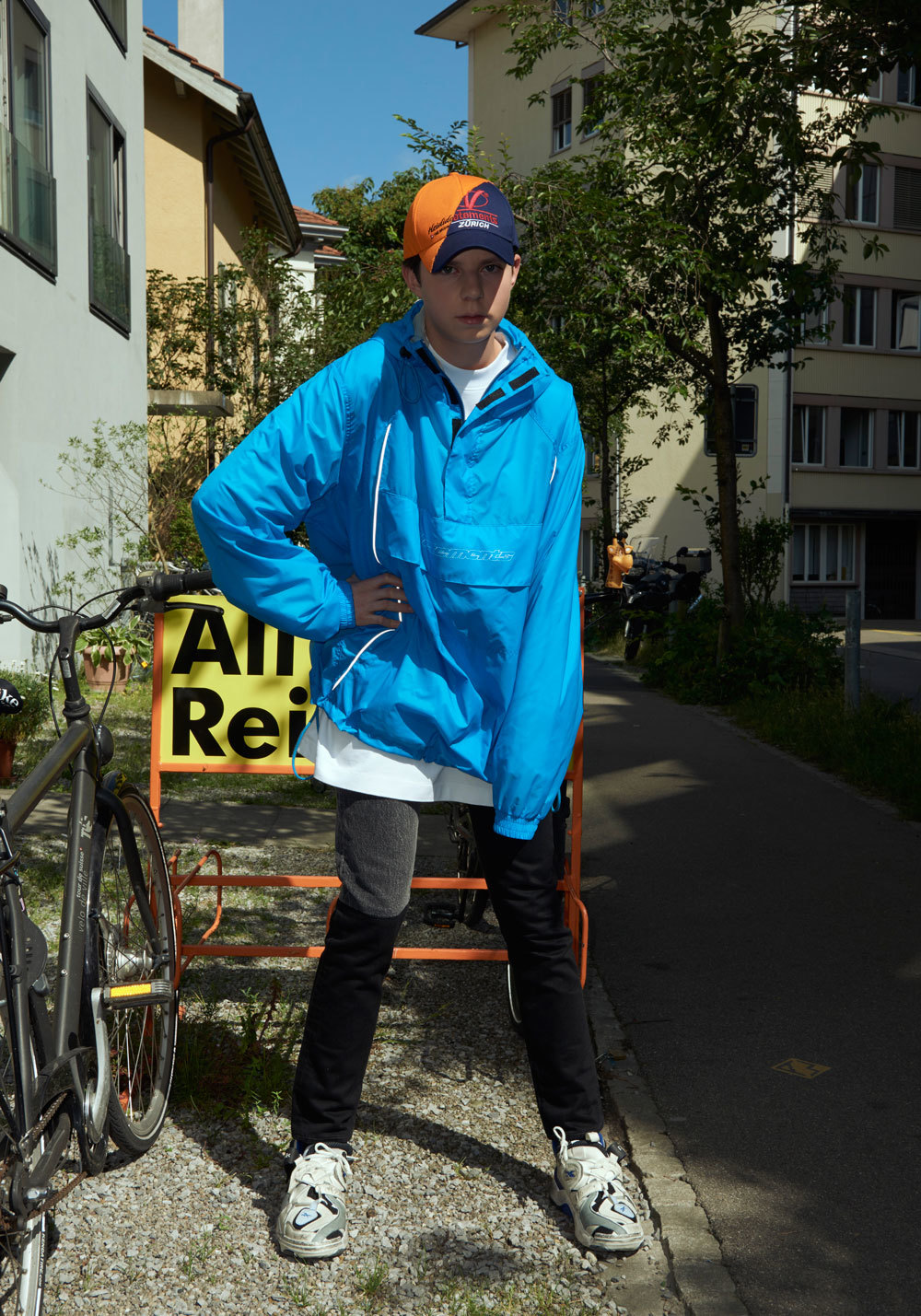
“Vetements stands for clothes, not fashion,” he said in a text message on his way to the event, stuck in traffic due to Gay Pride, which could have been a solemn affair had the French election seen a different outcome. “This is the reason why I juxtaposed real people, our clothes, and the ‘fashion pose’,” Demna explained, referring to those diverse Zurich locals posing animatedly around the Swiss city. The brothers’ lives have changed radically since the move, and the simplified, almost purified lifestyle that comes with life in the calm city Demna recently called “the most boring place in Europe” is going hand-in-hand with Vetements’s teenage evolution. “Calm means that you can focus, calm means you can concentrate, you can go deep inside yourself to find answers,” Guram said.
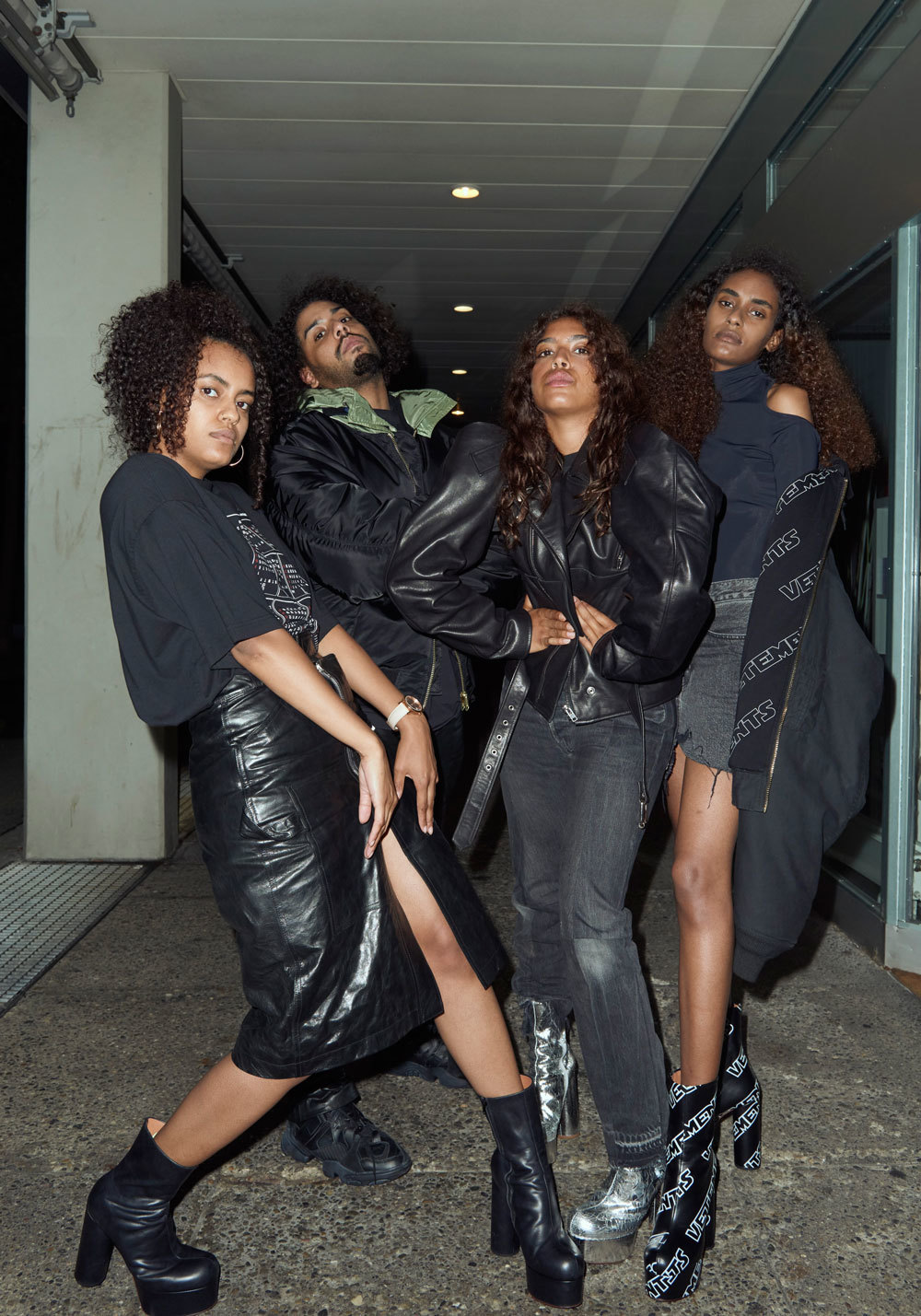
Weren’t the brothers scared to lose Vetements’s cult brand status by stepping into grown-up fashion establishment territory? “It needs to become establishment. Come on, look at the grown-up people trying to dress like teenagers. It’s the same for brands: you come to a certain stage where you need to evolve, also because of expectations. You need to evolve your quality, the way you work, your deliveries, your production methods,” Guram argued. “And your show.” If anyone has the power to make Zurich cool, it’s Vetements — but their move didn’t go without snarky comments from the industry about this young label shacking up its newfound riches in the Swiss tax haven. “Considering you need to triple people’s salaries there, Zurich is not a place to save money!” Guram quipped. “We actually went out of the establishment to see what’s happening, but also to create our own world, and not be dependent on anything else. If someone is trying to be cool, they’re usually not cool. You only need to do what you feel is right, be honest to yourself, and not be affected by anything.”
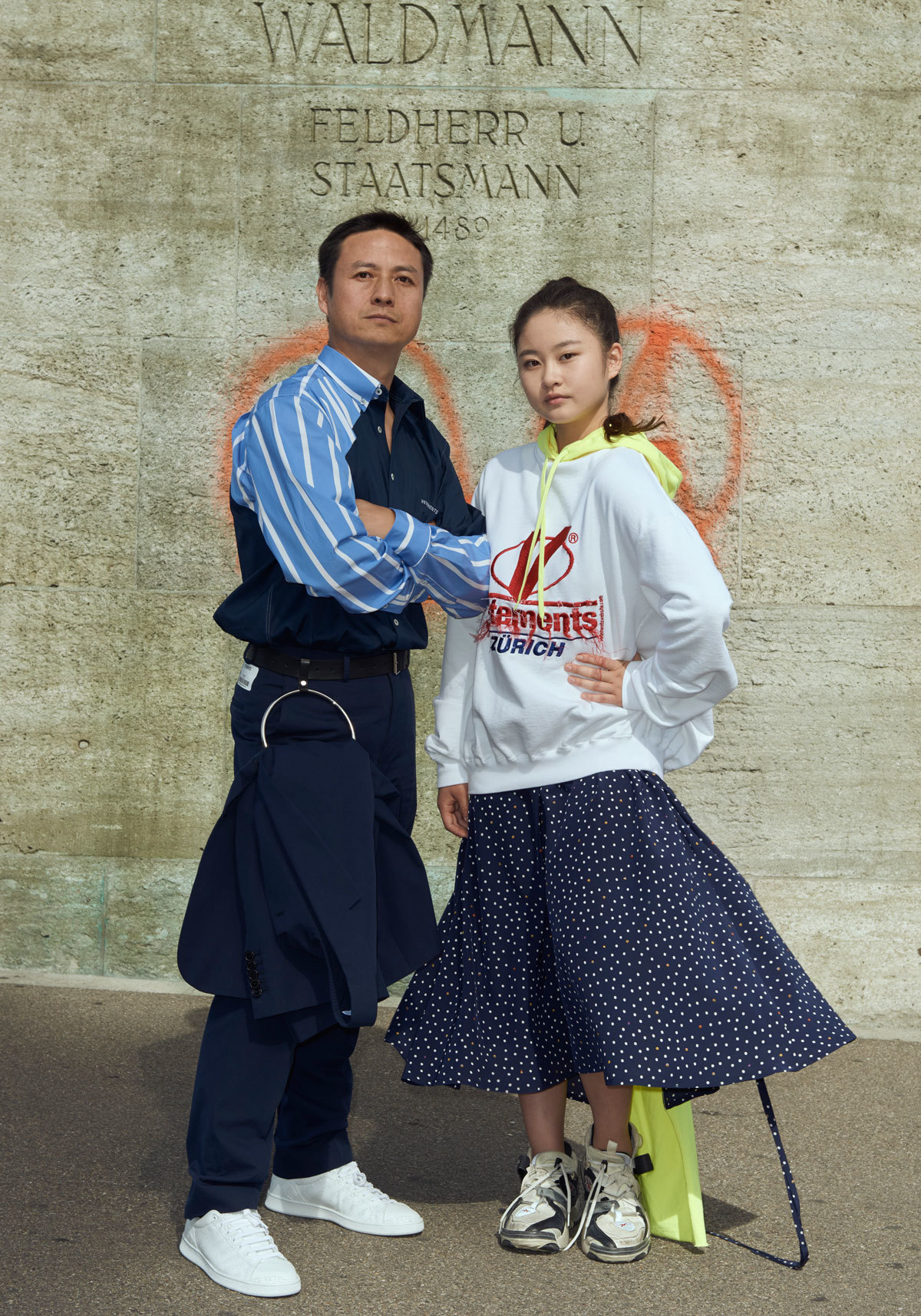
If spring/summer 18 represented a coming-of-age for Vetements, that youthful optimism Kris Van Assche spoke about at Dior Homme echoed just as much at Hermès where Véronique Nichanian has steadily been rejuvenating her menswear in recent seasons. On Saturday evening, she took the house’s original sense of athleisure to unexplored tech levels in terrific wet look track pants and coats, and graphic lightweight parkas. Then, she brought the relaxed cuts of those pieces into her tailoring, slouching everything to the max for a decidedly feel-good end result for the French powerhouse. “We’re very excited and very optimistic,” Nichanian said, asked about the French spirit right now. “It’s a very optimistic collection: full of energy. That’s why I wanted it to be easy-going and casual and sophisticated and strong — to run away, to go further!”
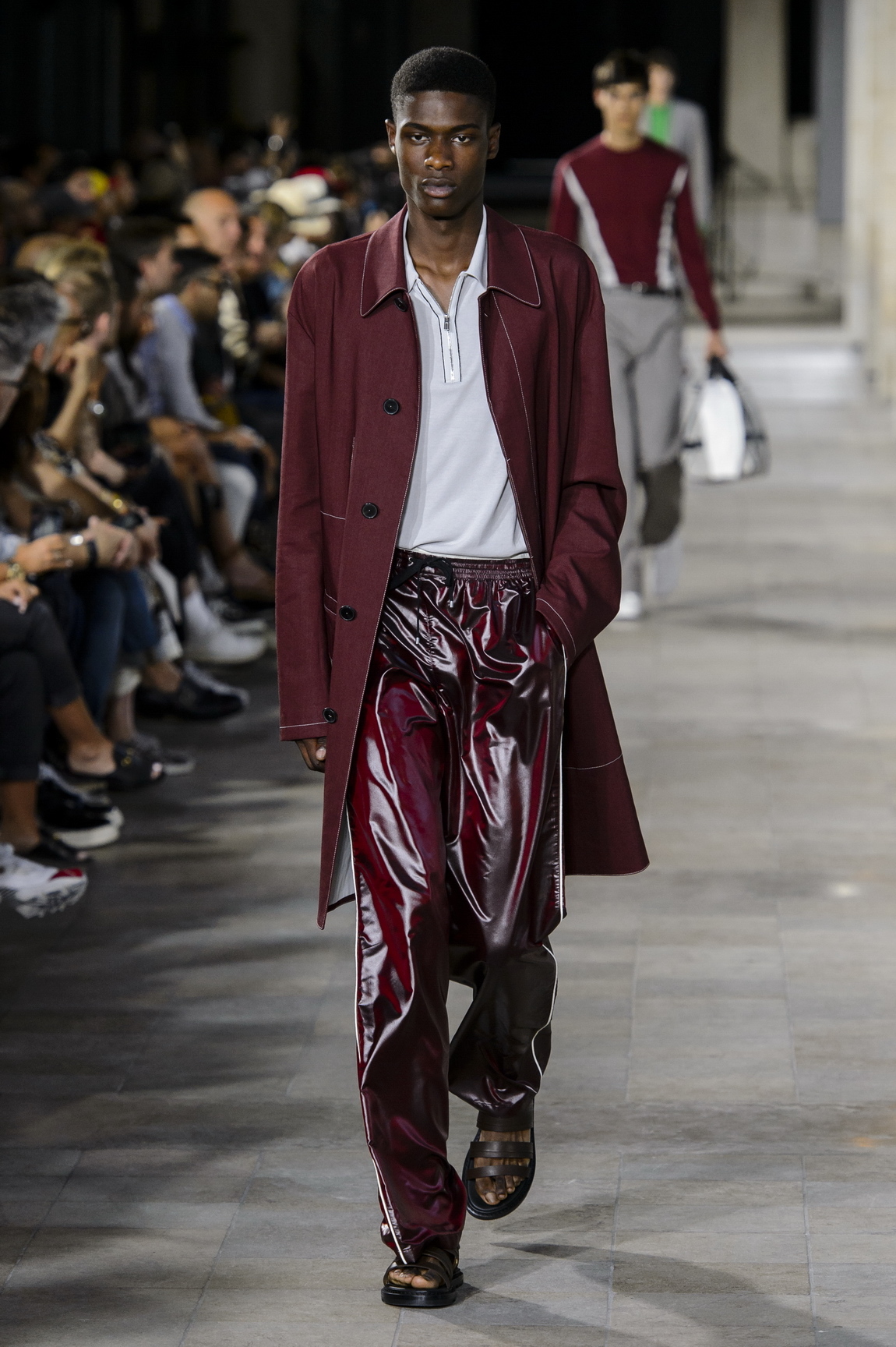
In his self-penned show notes at Balmain, Olivier Rousteing paid homage to his studio’s tailoring and knack for embellishment and leather work. But for the young designer, who invited the congregated press into his sprawling 11th arrondissement home that evening, this collection was a reflection of his generation through his own wardrobe. “This nation bucked a dangerous trend, veering sharply away from a small-minded fear of others,” he wrote, referring to the election of President Macron. “Balmain reflects how our generation dresses — but perhaps because of this recent affirmation of essential values, I felt myself pushed to create an even more personal runway offering — one that reflects how I feel and dress today.” He expressed that in heavy opulence and more than a few references to the trademarks of Coco Chanel, setting the mood for a decidedly French affair. Vive la optimism.
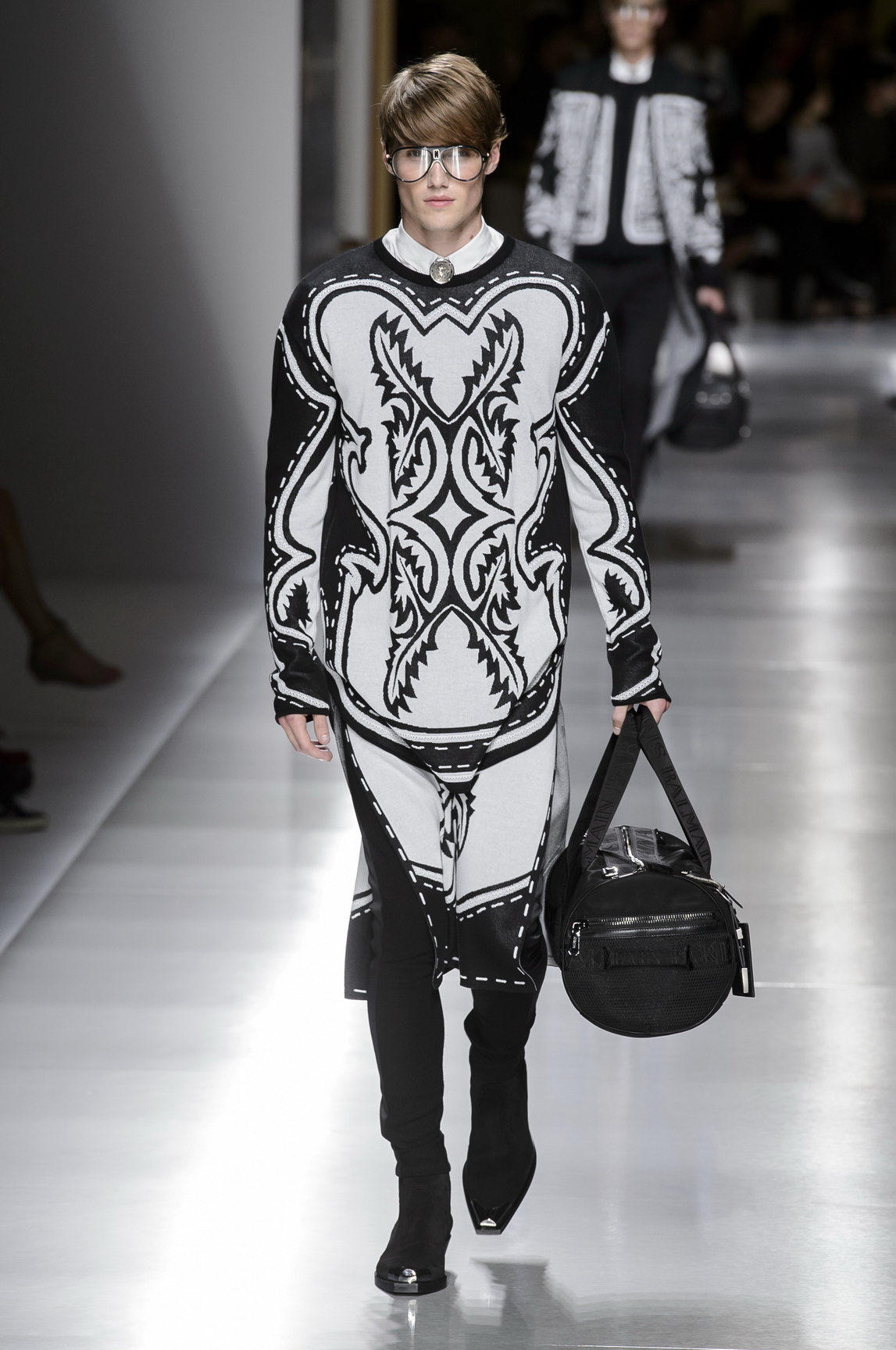
This article was amended on 26 June 2017, because it wrongly stated that Zurich was the capital of Switzerland, when the de facto capital is in fact Bern.
Credits
Text Anders Christian Madsen
Catwalk photography Mitchell Sams
Vetements photography Demna Gvasalia
